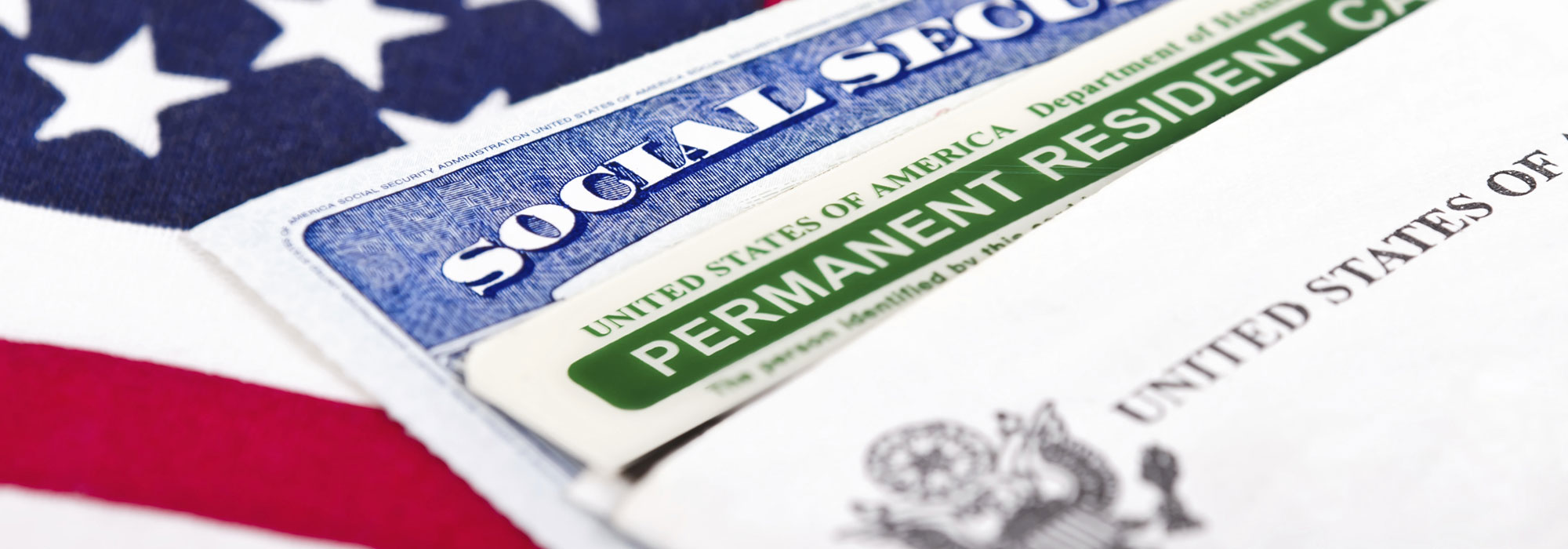How to remove cinditions on your Green Card if you are no longer married to the US Citizen spouse.
Category : Immigration Law
If you are registered as a permanent resident because of your marriage with a U.S. Citizen, and you were not maried to your spouse for more than two years before applying for a green card, you have a two-year conditional permanent resident card. You are required by law to remove the conditions on your green card before the expiration date, by filing the Form I-751 Application for Removal of Conditions.
This application should be filed with USCIS within the 90-day window immediately before expiration date of the conditional green card. You should not miss this deadline because USCIS will reject your I-751 if you file your application after the deadline.
The general rule is that you should file Form I_751 jointly with your spouse. The reason for this rule is that USCIS wants to make sure that you have entered your marriage in good faith. In other words, they want to make sure that you are really in love with your spouse and your marriage was not just for immigration purposes.
If you are no longer married to the US Citizen spouse through which you gained conditional permanent resident status, you may have a hard time to get rid of the conditions on your Green Card. If you can prove that your marriage ended because you were a victim of domestic violence, you have a better chance to receive your permanent ten-year green card without getting an interview with USCIS. Generally you should prove that your marriage did not end because you were not in a real spousal relationship with your spouse. You should provide enough evidence to persuade the immigration officer that you entered into the marriage contract with your ex husband with good faith. If the immigration officer is not satisfied with your evidences and explanations, you may lose your green card and eventually your lawful status in United States.
If you are in such a situation, you need to request a waiver of the joint-filing requirement in your application. You need to provide all the recommended documents that normally are filed with I-751 Applications including: documented evidence showing that you were living together from the date of marriage to the date of divorce or separation (a joint lease agreement is perfect), that you had commingled your finances during your marriage (joint income tax returns, joint bank accounts, joint insurances, joint loans, etc.), that you shared joint responsibility of assets and liabilities within your household (joint utility bills, joint insurance policies, joint financial responsibilities). You should also provide evidence that you and your ex spouse spent time together on a regular basis (photographs from date of marriage to present, phone records, e-mails, text-messages, social media correspondence, hotel/flight reservations, evidence of joint trips taken together, affidavits from friends and family members, etc.)
Most of I-751 Applications are processed without an interview but waiver applicants have a great chance to get an interview appointment. If you get an interview, you should be ready to face hard questions. The officer may ask you about very private aspects of your life to find out whether you had been in a real marital relationship with your ex spouse.
